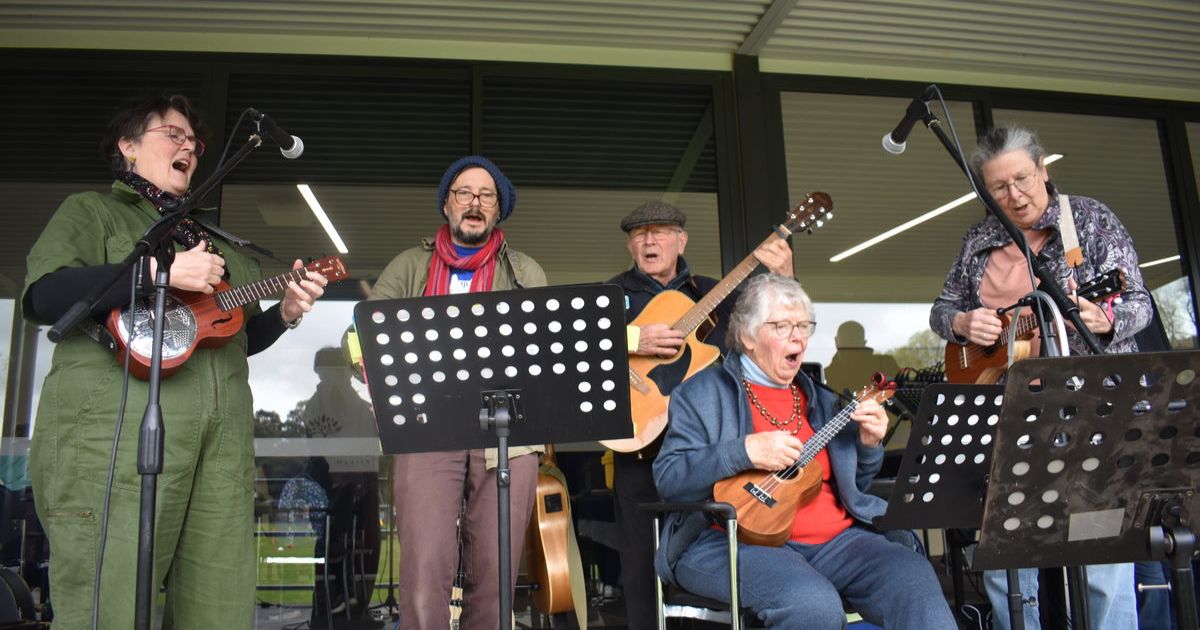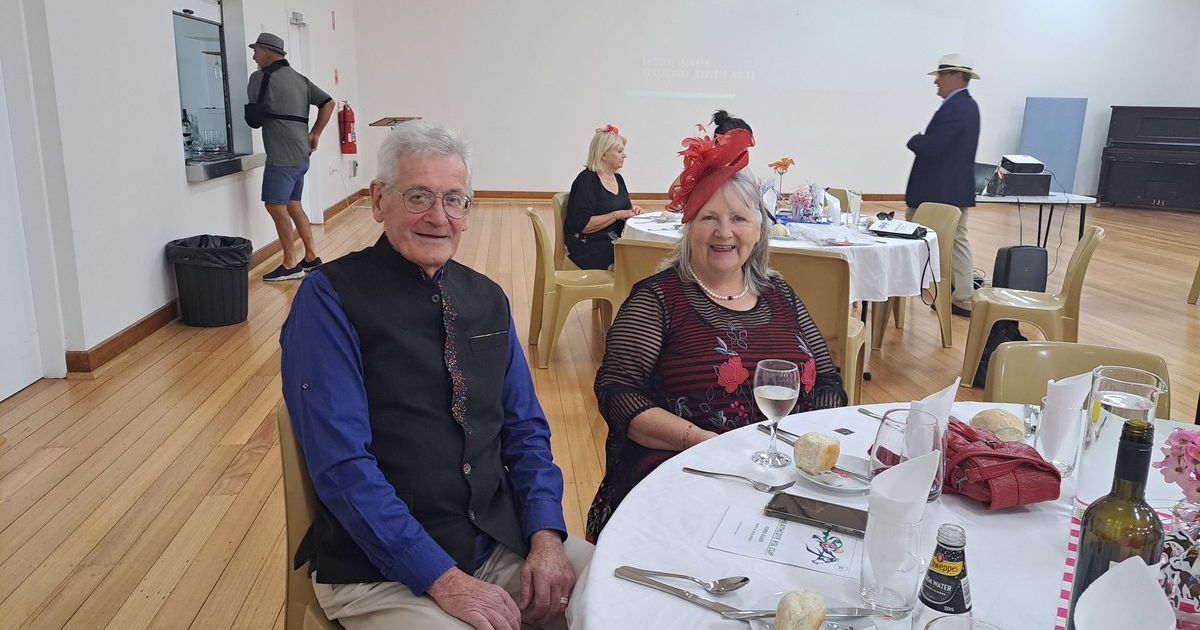Wait for next female Premier of Victoria drags on

Back in the day: Joan Kirner is the only woman to have been Premier of Victoria. Photo: A PORRITT/ AAP IMAGE
VICTORIA’S Labor Government prides itself on having the most women in a cabinet of any Australian jurisdiction but none have held the state’s top job for three decades.
Not since Labor’s Joan Kirner, who broke the glass ceiling in 1990 and was ousted in 1992, has Victoria had a female Premier.
What’s more, Premier Daniel Andrews has committed to serve a full four years if his government is returned on 26 November, sidelining heir apparent and factional ally Jacinta Allan.
Asked if she would consider stepping into the role if the time comes, Ms Allan would not be drawn.
“The Premier has made his intentions very, very clear about the following four years, about remaining on as premier,” Ms Allan.
“I’m not going to go into any further commentary about what may or may not happen beyond that point because we have an election on right now.”

A research note, published by the parliamentary library in August, found Victoria’s five most recent parliaments have been predominantly made up of men, ranging from 70.3 per cent in 2002 to 58.6 per cent in 2018.
Neither major party is immune.
Men account for the majority of Labor’s parliamentary caucus, 38 to 33, but women dominate its cabinet.
A reshuffle following the departure of five retiring ministers in June boosted the number of women to 14, compared to eight men.
Notably, the new cabinet included the state’s first openly gay ministers Harriet Shing and Steve Dimopoulos.
“There are so many gay men and women that I’m sure have served in Victoria and national cabinets but not in a way that they could be open,” Mr Dimopoulos said after being sworn in.
In stark contrast, the Liberal-National Coalition party room is made up of 26 men and 11 women.
Shadow cabinet is similarly imbalanced, with a gender split of 15 men to six women after the departure of retiring Nationals MP Steph Ryan.
A count of the non-MP upper and lower house candidates shows 54 men and 24 women for the Liberals, five women and three men for the Nationals and 30 women and 18 men for Labor.
Federal Liberal deputy leader, Sussan Ley, last month backed state party divisions adopting a target to preselect women for 50 per cent of seats.
Victorian Liberal Leader Matthew Guy acknowledged his party still has work to do after adopting the UK Conservatives Women2Win model in 2016.
“Let’s just get through this election before we start worrying about the next one,” he said earlier this month.
“We intend to keep going with it [the program].”
State Greens Leader Samantha Ratnam said diversity among candidates was one thing but must be spread across winnable seats.
“That’s something that’s been a key focus for us for a number of elections now,” she said.
“It’s one of the reasons we often have 50 per cent or more of our elected representatives being women in our party rooms right across the country.”
– BY AAP

















